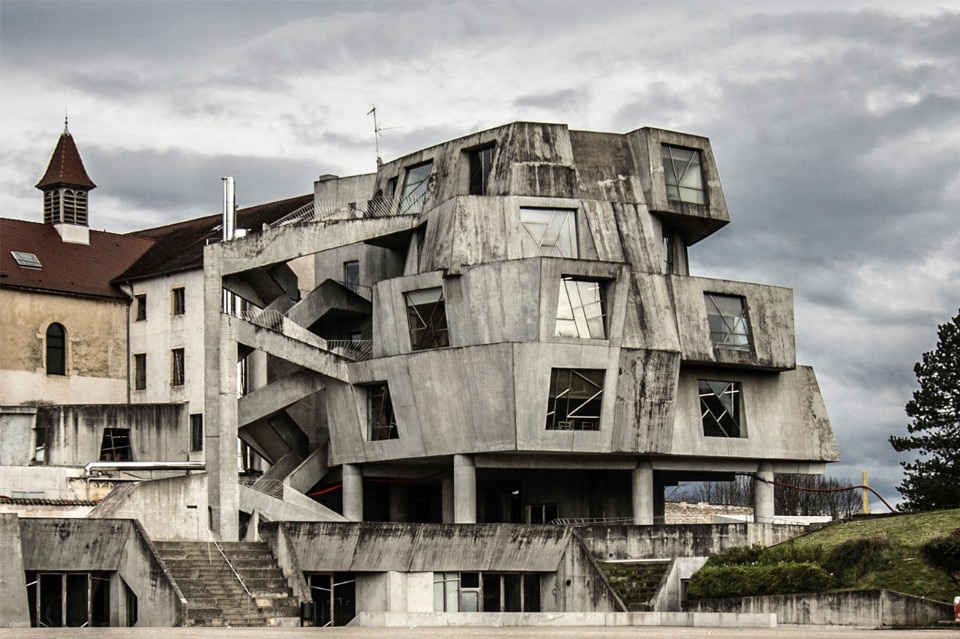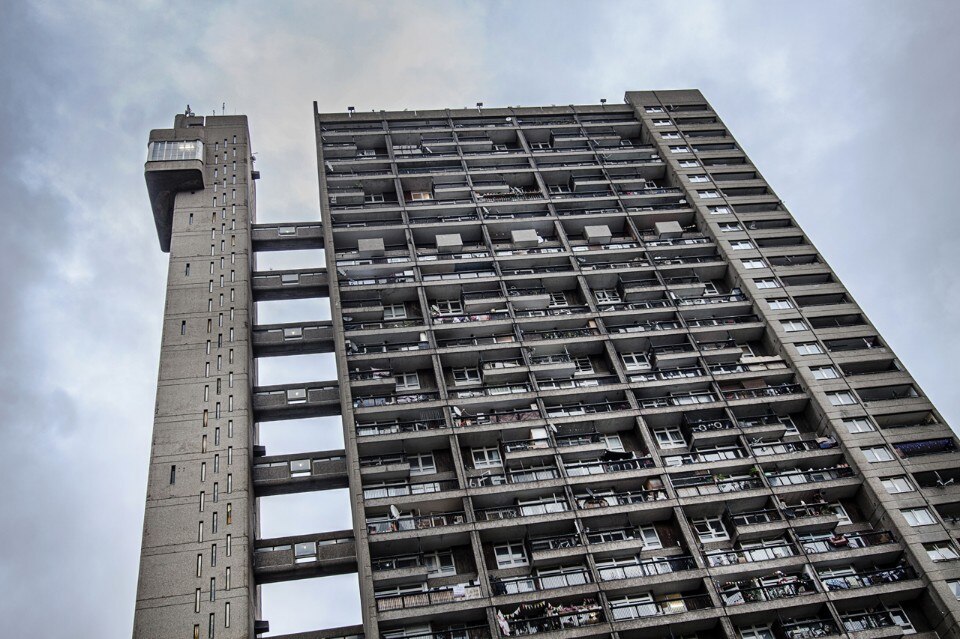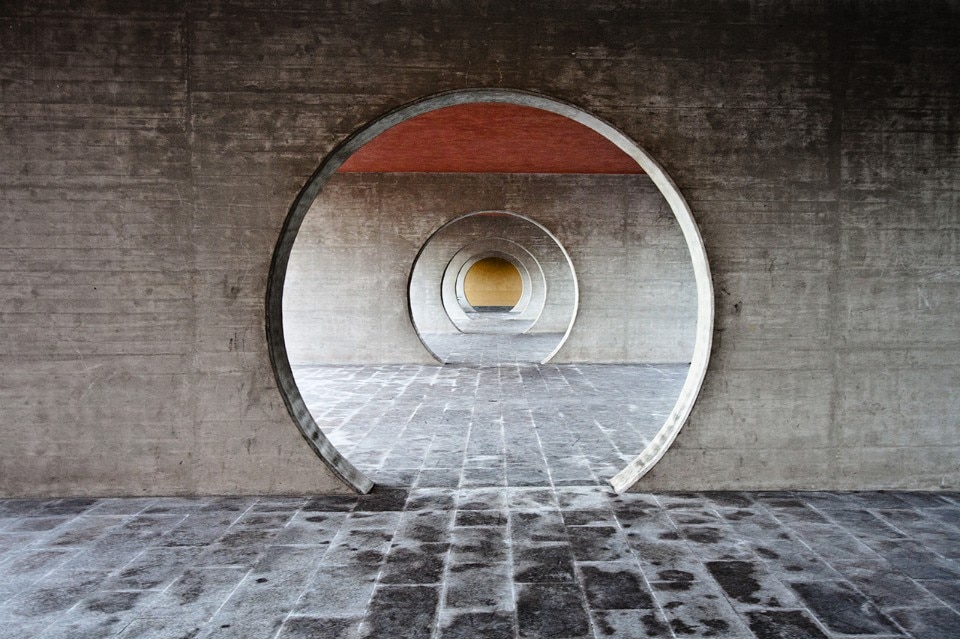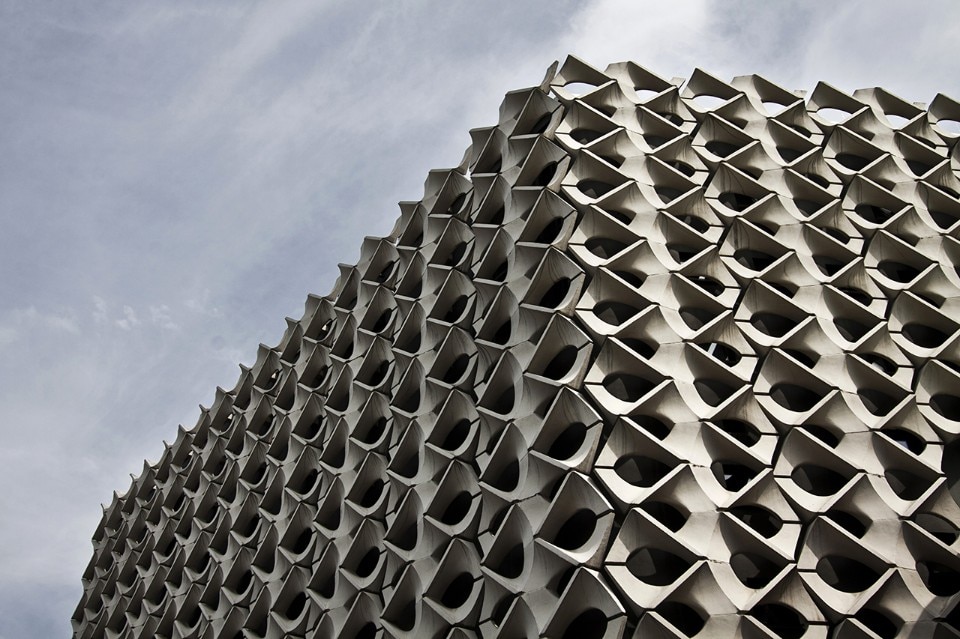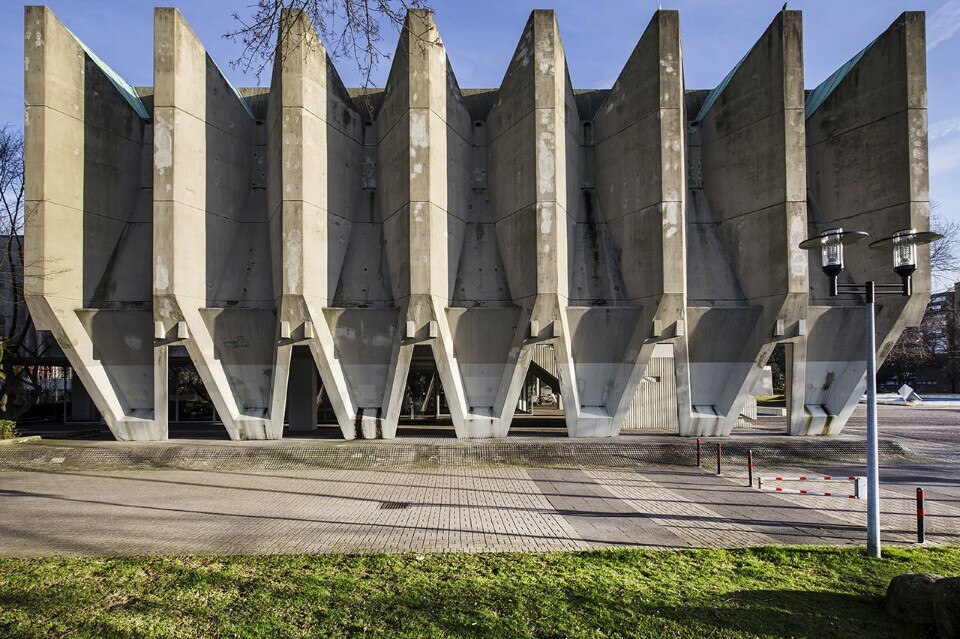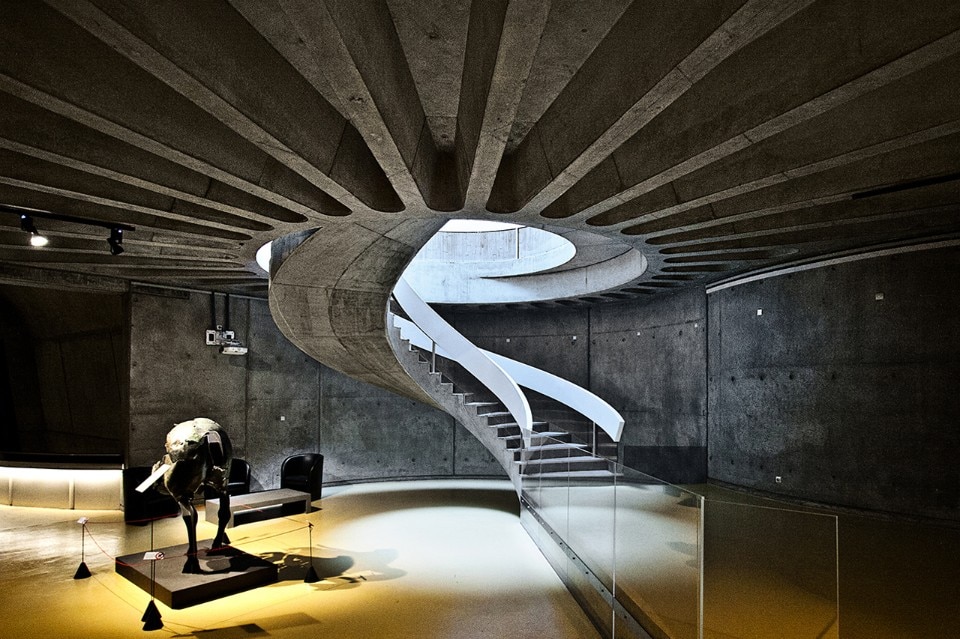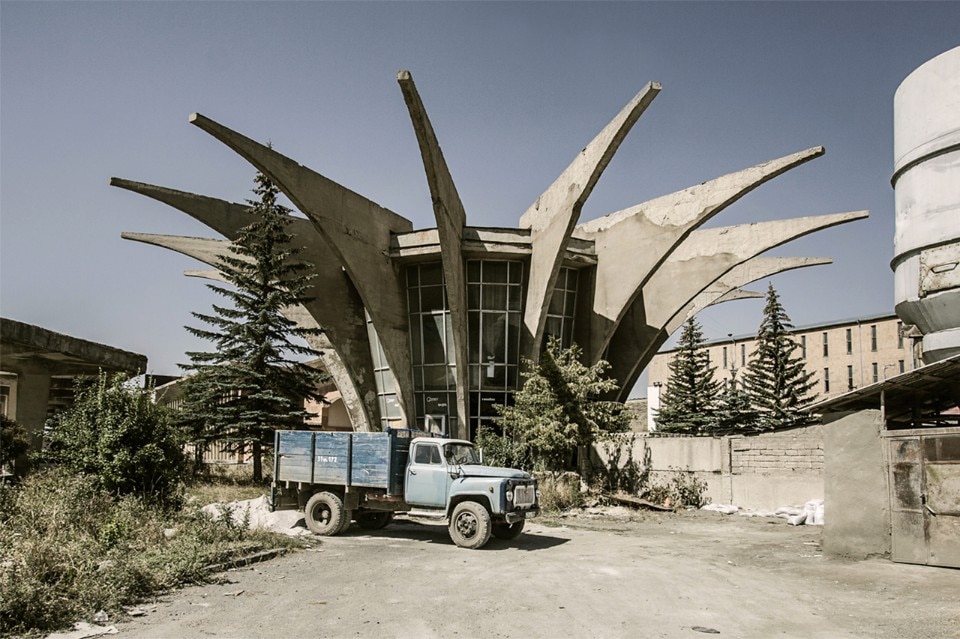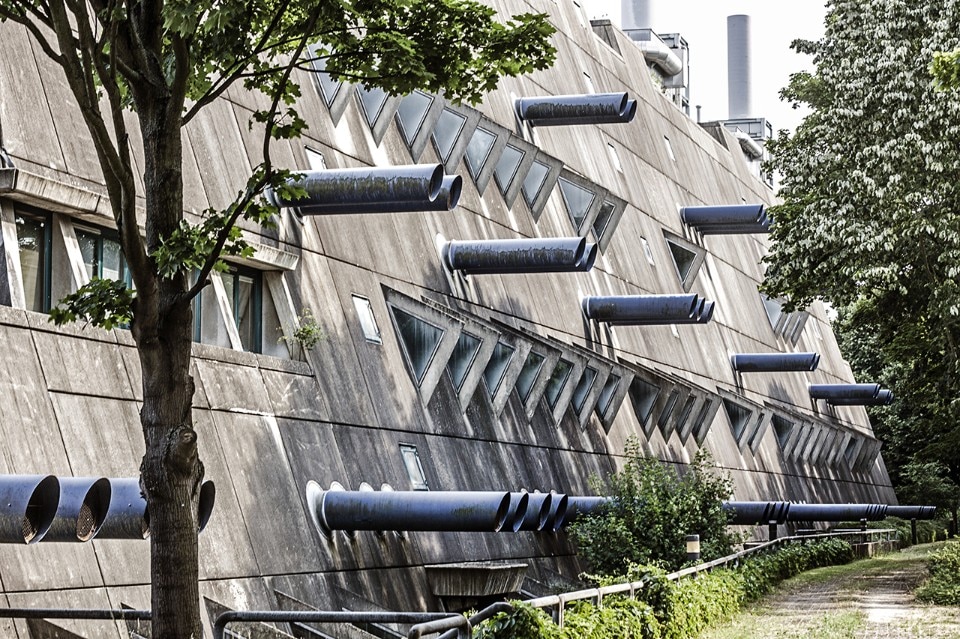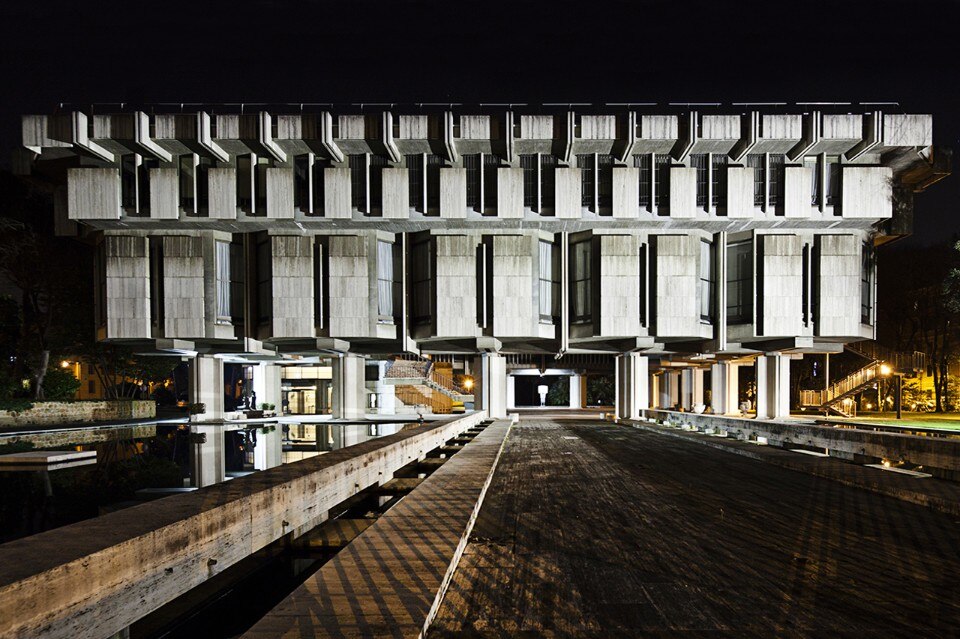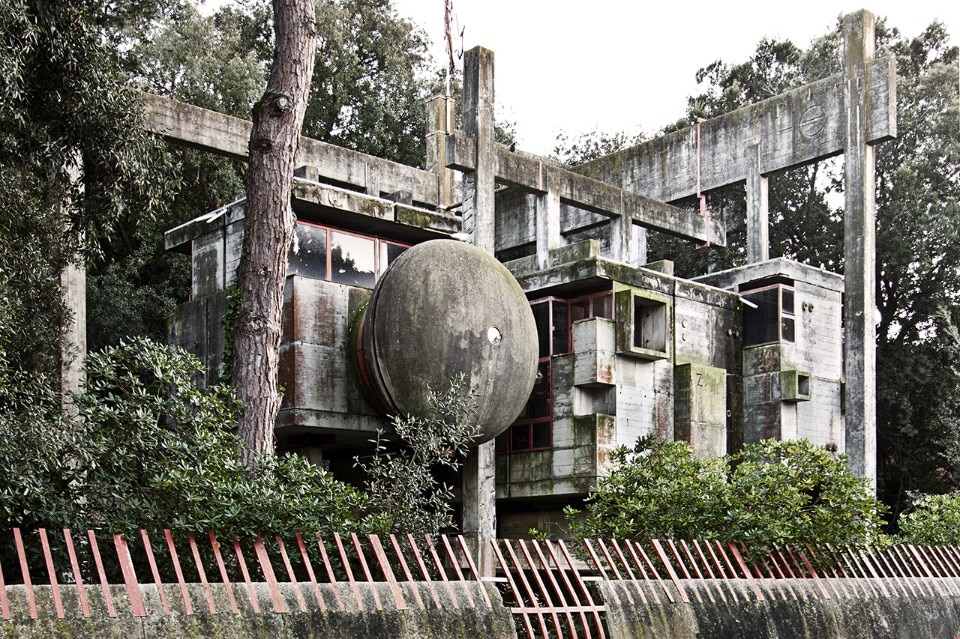
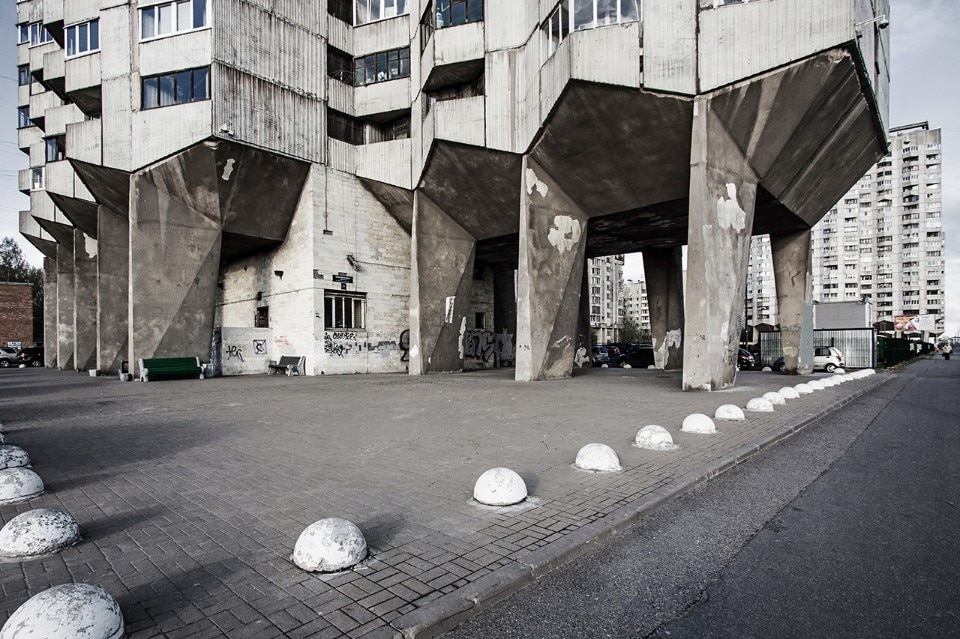
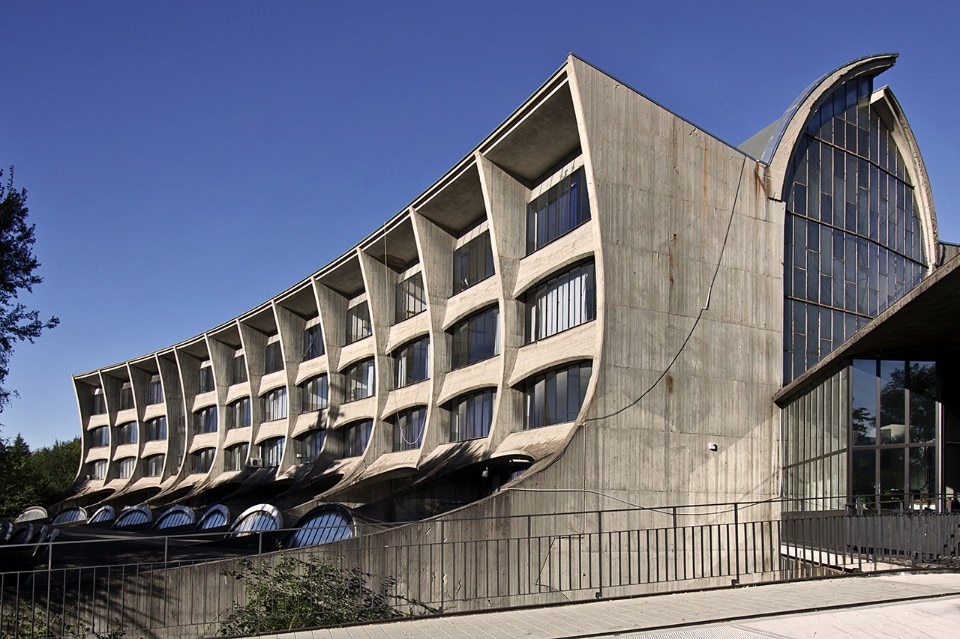
 View gallery
View gallery

Enrico Castiglioni and Carlo Fontana, Istituto Tecnico Statale Industriale “Cipriano Facchinetti”, 1965. Castellanza, Italy
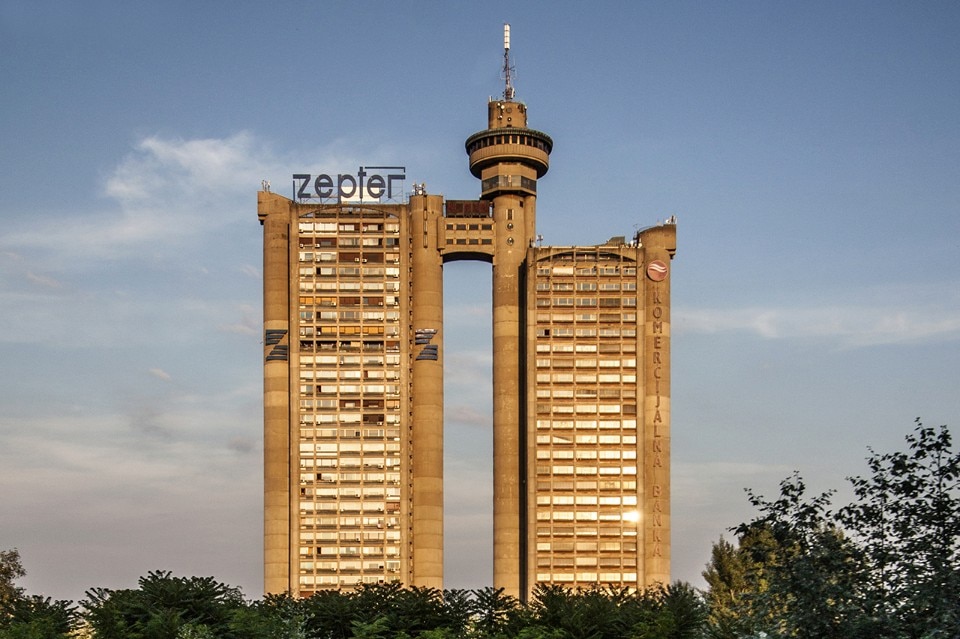
Mihajlo Mitrović, Genex Tower – Western Gate of Belgrade (Zapadna Kapija Beograda), 1980. Belgrade, Serbia
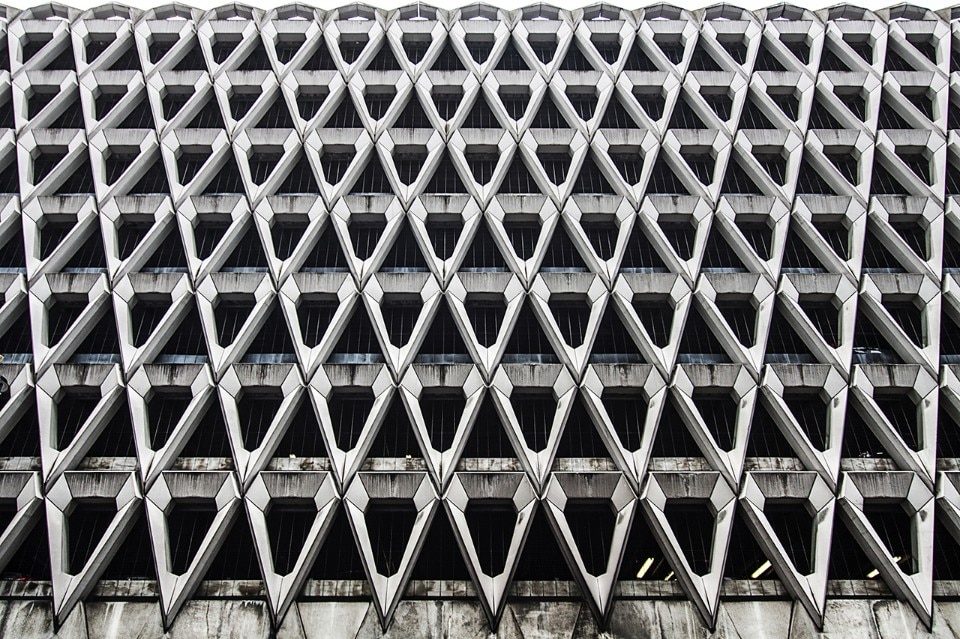
Michael Blampied & Partners, Henrietta Place – Welbeck Street car park, 1969. London, United Kingdom
Roberto Conte (1980), based in Monza (Milan) started to take pictures in 2006, exploring abandoned places in Italy and abroad. During the years he increasingly focused on architecture photography, in particular on buildings inspired by Brutalism and Socialist modernism. He collaborates with architecture studios and his pictures have been published on several publications and books. In 2015, he won the II Eurostars Berlin Photography Competition.


